















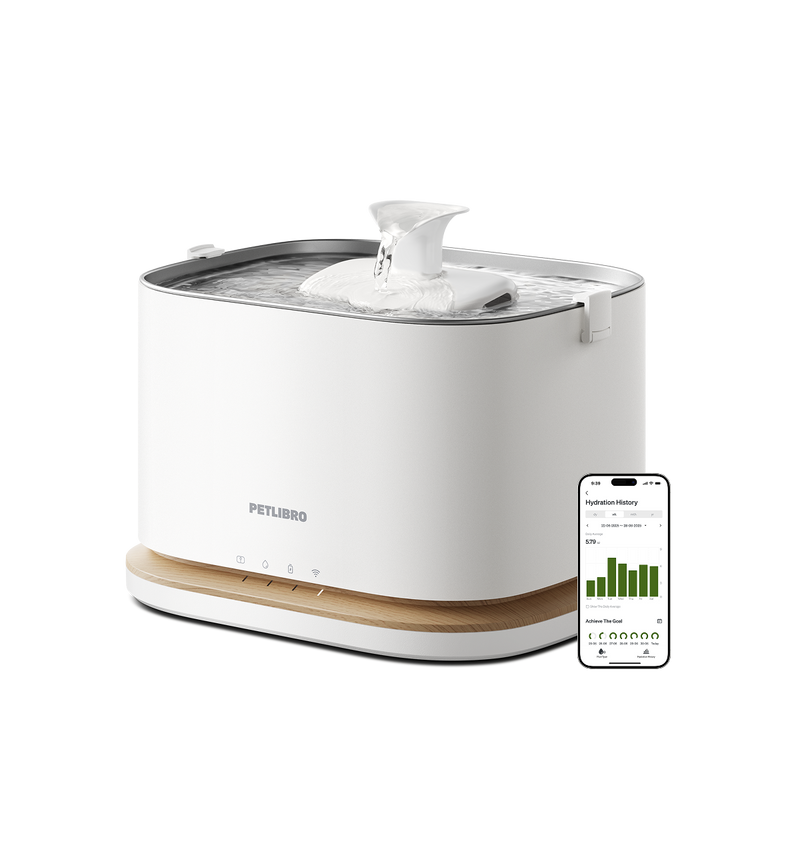

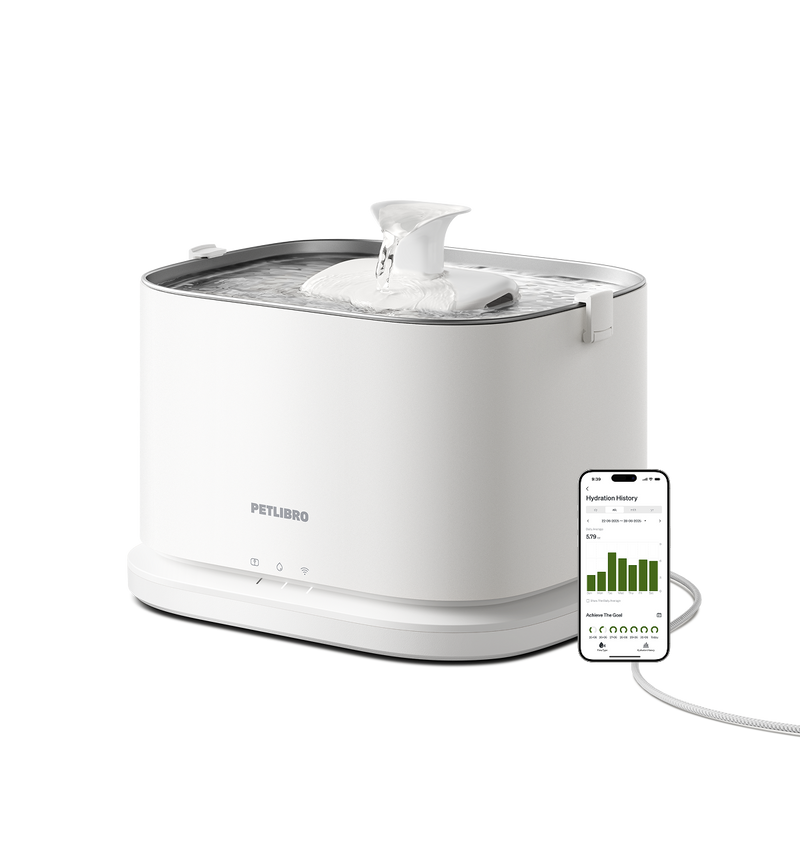
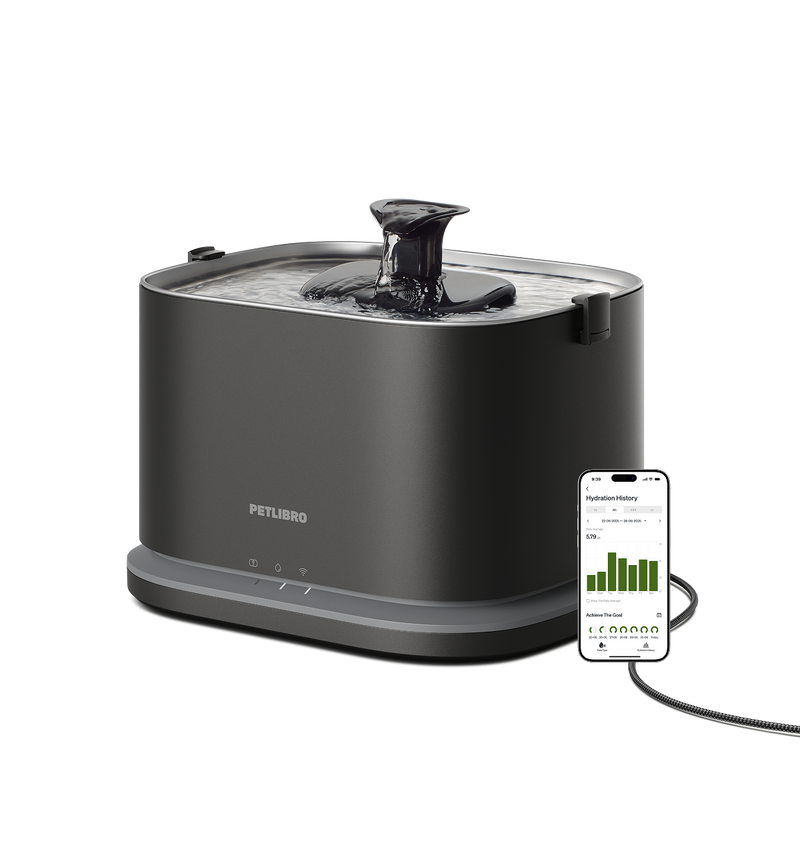









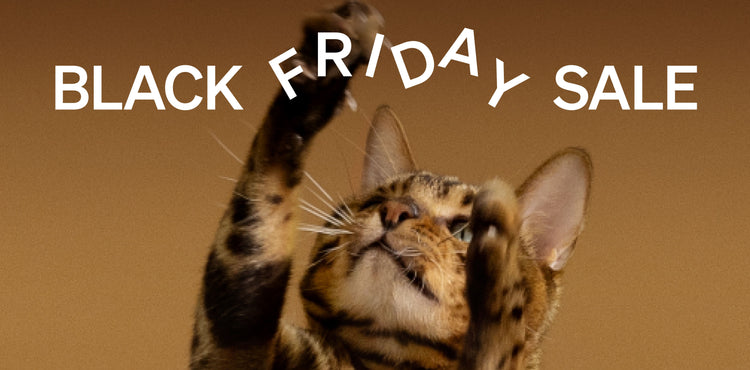
By subscribing, you agree to receive email marketing from Petlibro. Privacy Policy | Terms of Service


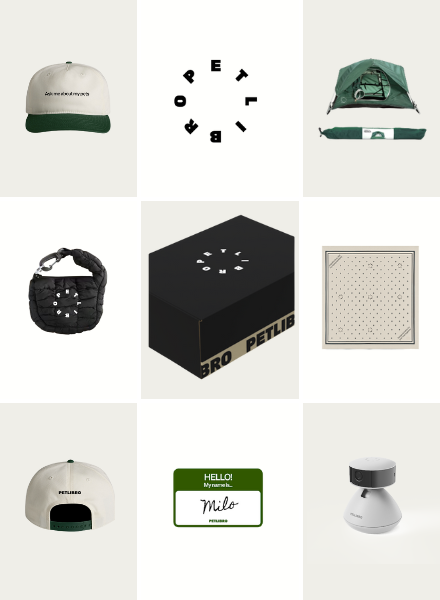
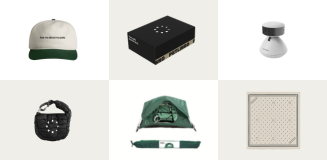
Open to legal U.S. residents, 18 years or older. Void where prohibited. Giveaway begins on 08/26/2025 and ends on 09/15/2025 at midnight PST. Three winners will each receive a limited-edition Petlibro PR Kit, which includes the Scout Smart Camera and select branded merch. Winners will be chosen at random and notified via Instagram or email (depending on entry format) by 09/30/2025. If a winner does not respond within 48 hours, another may be selected. Odds of winning depend on the total number of eligible entries received. Only one email entry per person will be counted, though additional entries may be submitted through the bonus methods described above. Petlibro is not liable for any issues that arise from participation or use of the prize. Personal information will be collected and handled in accordance with our Privacy Policy.


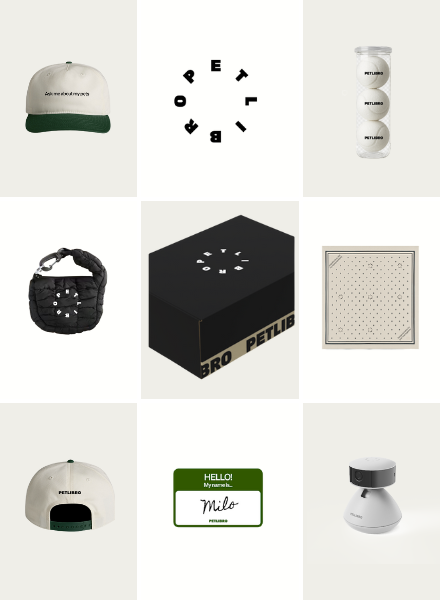
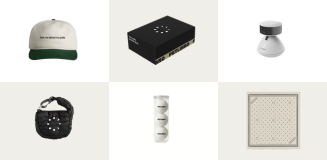
Open to legal U.S. residents, 18 years or older. Void where prohibited. Giveaway begins on 08/26/2025 and ends on 09/15/2025 at midnight PST. Three winners will each receive a limited-edition Petlibro PR Kit, which includes the Scout Smart Camera and select branded merch. Winners will be chosen at random and notified via Instagram or email (depending on entry format) by 09/30/2025. If a winner does not respond within 48 hours, another may be selected. Odds of winning depend on the total number of eligible entries received. Only one email entry per person will be counted, though additional entries may be submitted through the bonus methods described above. Petlibro is not liable for any issues that arise from participation or use of the prize. Personal information will be collected and handled in accordance with our Privacy Policy.


Feeding our furry feline friends is essential for their overall health and wellbeing. As responsible cat owners, it is crucial to understand how much food to provide to our cats. This article aims to provide a comprehensive overview of how much to feed a cat, taking into consideration their age, weight, activity level, and dietary requirements.
Kittens require a specific feeding schedule to support their rapid growth and development. From birth to around 4 weeks old, kittens should ideally nurse on their mother's milk. After this stage, they can gradually start to consume solid food. It is recommended to feed them small portions of high-quality kitten food four times a day until they reach around 6 months of age. At this point, gradually decrease the feeding frequency to three times a day.
Adult cats have different nutritional needs compared to kittens. Typically, a balanced diet for adult cats includes a combination of wet and dry food. The amount of food an adult cat needs depends on factors such as weight, size, activity level, and any existing health conditions. A general guideline is to provide about 20 calories per pound of body weight per day. However, it is crucial to consult with a veterinarian to determine the exact amount of food required for your specific cat.
As cats age, their metabolism slows down, and their dietary requirements change. Senior cats may require fewer calories and adjustments in their diet to prevent weight gain or weight loss. Consult your veterinarian about the appropriate diet and feeding schedule for your senior cat. They may recommend a specialized senior cat food formula that addresses any specific health concerns, such as joint mobility or dental health.
Obesity is a common issue among cats that can lead to various health problems. Overfeeding, a lack of exercise, and unhealthy eating habits are the primary causes of obesity in cats. To prevent obesity, it is crucial to monitor your cat's calorie intake and provide them with regular exercise. Consult your vet about the appropriate feeding guidelines to maintain a healthy weight for your cat.
Determining whether your cat is receiving the right amount of food is essential. Signs of overfeeding include excessive weight gain, lethargy, and an uninterested appetite. Conversely, underfeeding signs include weight loss, increased hunger, and a lack of energy. It is important to find the right balance and adjust their food intake accordingly.

In conclusion, understanding the appropriate amount of food to feed cats is crucial for their overall health and happiness. Whether it's a kitten or a senior cat, each stage of a cat's life requires specific feeding plans and dietary adjustments. Consulting a veterinarian to determine the exact amount and type of food a cat needs is essential. By providing a balanced diet and closely monitoring the cat's weight and health, cat owners can ensure their furry companions live a healthy and happy life. As a practical tool for cat owners, the Granary Camera Monitoring Feeder offers automatic smart feeding functionality, allowing you to customize the feeding amount and time each day. Additionally, the Granary Camera Monitoring Feeder has dual power sources, ensuring that you can feed your cat with peace of mind even when you're not at home.